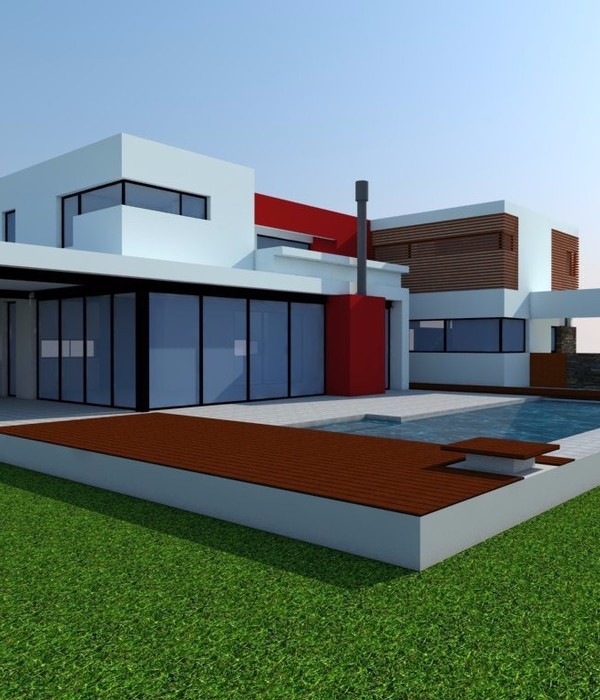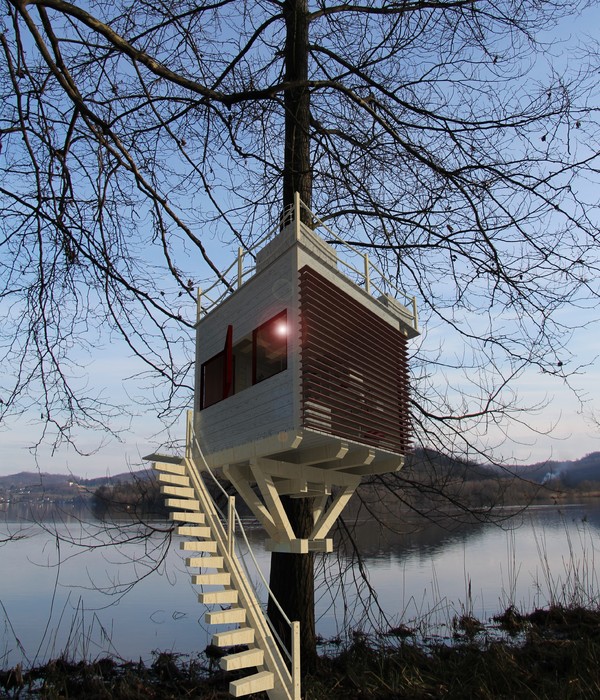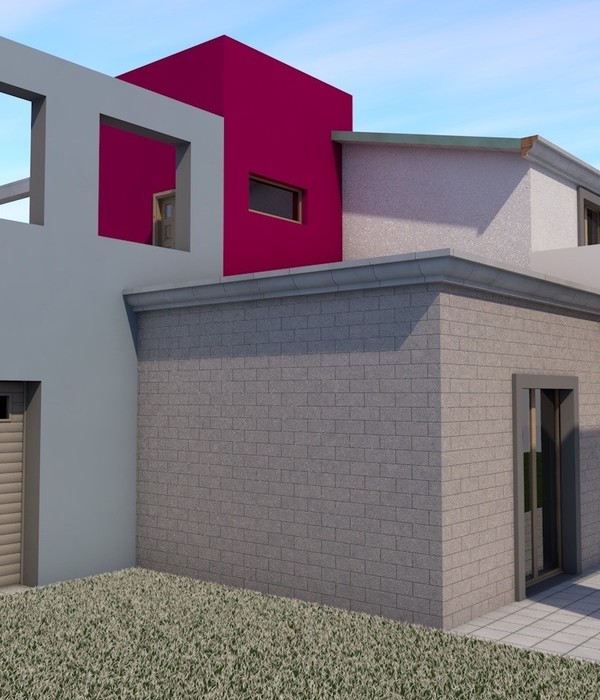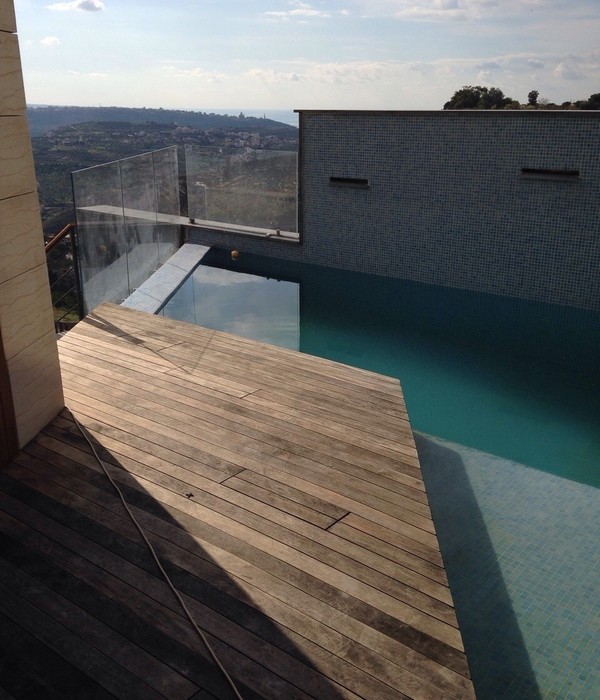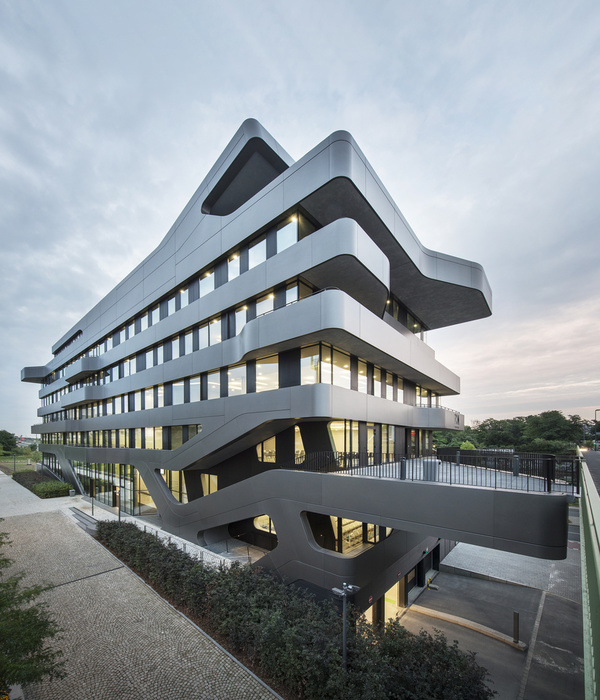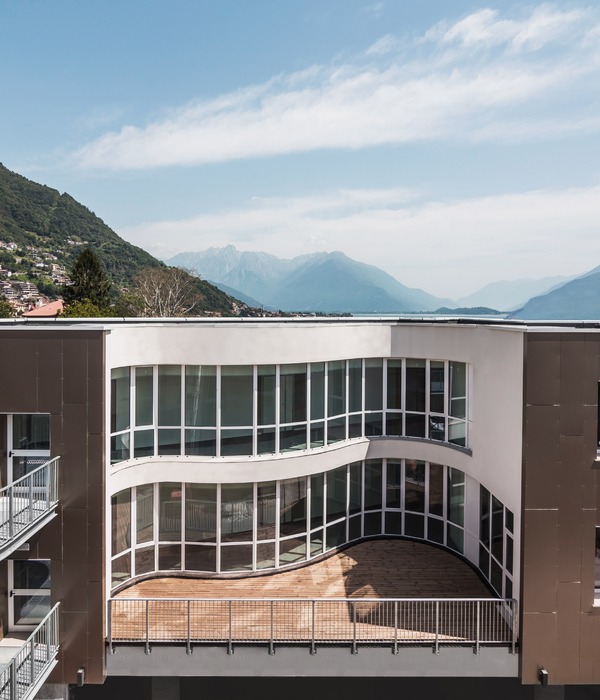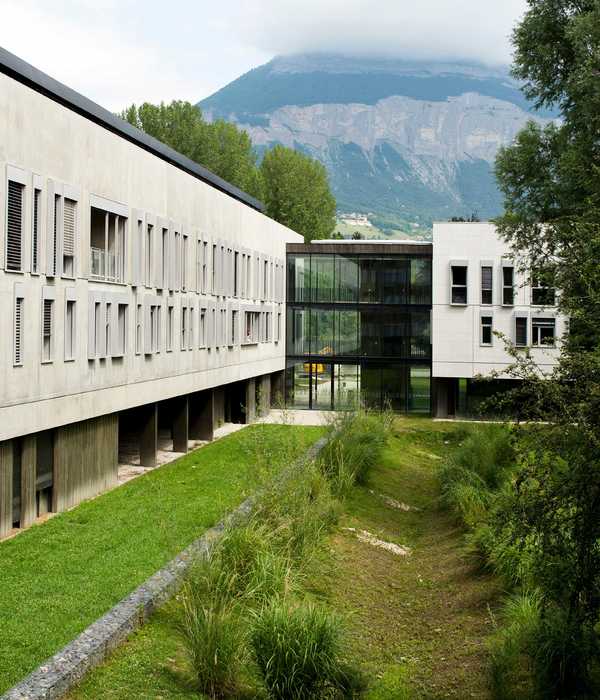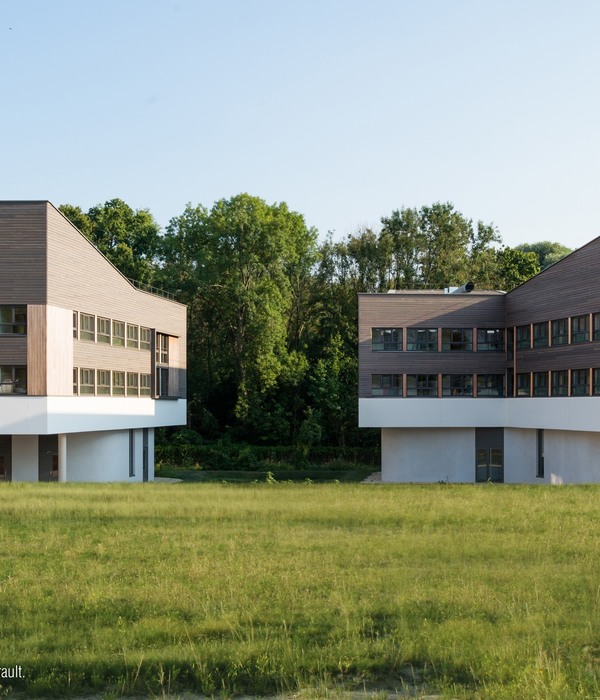West Architecture's 'Bavaria Road Studio' project in north London
West Architecture transformed a 19th-century Methodist Church into a modern living space
51 Architecture added a timber tower to the period house, transforming the space
Archmongers 'Vic Flip' project, which converted a conservation-area townhouse in north London
Erbar Matte's 'Harvey Road' project, which transformed a period house into a modern family home
Erbar Mattes’ 'Harvey Road' project
Rodić Davidson's 'Turner Studios' project, a late Victorian artist studio turned contemporary family home
Making a period home relevant and suitable for the demands of modern life takes some thought. How do you retain the original integrity of the building while making a contemporary-feeling intervention, for example? To help, we’ve asked five practices from our Directory for their advice, tips and words of wisdom on how to convert a period home.
It might seem like it goes without saying, but you’ll never be at a loss for planning too much – especially with a period property. Be realistic and leave a generous amount of room (in terms of time and money) for unexpected circumstances.
“A successful project begins with a realistic brief and a robust budget to match, which covers not only building works and engineering fees, but also unforeseen issues that can arise on site with a period property or during the planning process, where special consultant reports, imagery and detail drawings might be requested,” says Erbar Mattes.
Rodić Davidson Architects architects agree. “It’s important to be realistic with both costs and time frames. Obtaining a professionally-prepared cost plan early on in the design development phase can save disappointment and redesign-fees later on. Refurbishing period properties often hide a myriad of issues, so when starting a conversion be sure to have a sensible sum allocated for contingency.”
Crucial to the success of a contemporary conversion is an understanding of the past. Look for ways to incorporate the historic elements of your home in order to preserve its character and originality.
“Try and put yourself in the minds of the people and processes that made the house to help determine the intervention and choose a sensitive engineer. The existing fabric may be minimal and modest but can often be sympathetically built upon.
“Look for the modern construction techniques that respect the craft of a previous era, and find a contractor with the skill and temperament to both respect the historic fabric and create a stylish contemporary home,” says 51 Architecture.
“It is important to understand the layers of previous transformations, key elements, historic features and the underlying order that define the character of the period property. A carefully balanced proposal for its alteration and extension and a thoughtful articulation of materials, textures and light in response to existing elements can add an uplifting generosity and contemporary elegance,” according to Erbar Mattes.
Small details, like thoughtfully-designed cabinets or well-placed windows, can have a major impact on the overall atmosphere of your home.
“Don’t underestimate the ability of joinery and cabinetry to redefine or re-orientate a room without necessarily removing walls. This is also particularly useful in listed houses where some interventions need to be reversible or room layouts must be preserved,” advise West Architecture.
“Visual connections such as internal windows can be as effective as open-plan living in creating a sense of space and togetherness,” Archmongers concur.
Don’t let fear stop you from creating the best version of your home. Done with the proper care and consideration, an exhaustive or ambitious overhaul may be exactly the kind of revitalisation your space needs for 21st-century living.
“Consider reversing the traditional floorplan. It can make more sense to locate the kitchen at the front of house, rather than persisting with a living room. This allows the active inhabitation of the kitchen to be adjacent to the public frontage of the house and retreat to the rear of the house for leisure and respite,” are the wise words of Archmongers.
“When designing the conversion, be sensitive to the heritage but be wary of being drawn down a path of pastiche. This is often the default position for less certain Conservation Officers. Confident, contemporary interventions can often work very successfully,” says Rodić Davidson Architects.
Your house should work around you – not the other way around. Look for ways to engage the traditional form of your home to fulfil the functions required by your day-to-day life.
“Understand the changes in the pattern of living between what exists and the potential scheme and consider how you wish to express this in the architecture. Establish a language for what can, or will, be restored and what will be 21st-century. Above all, look for opportunities to bring in natural light and improve energy use,” is the advice of 51 Architecture.
“A spacious entrance hall is worth more than any other room in the house. It will make a huge difference to how generous the whole house feels and will give daily pleasure from genuine functionality,” says Archmongers.
{{item.text_origin}}

